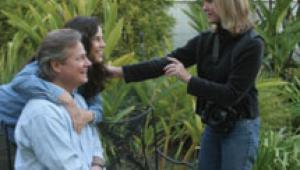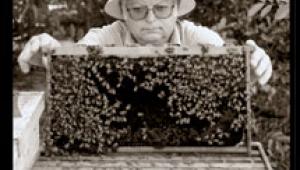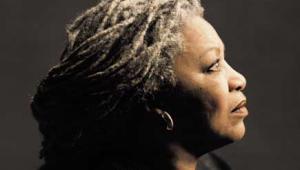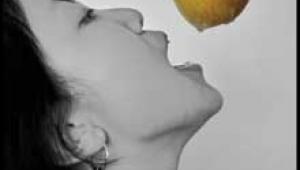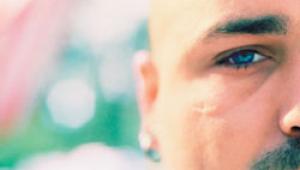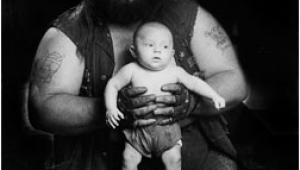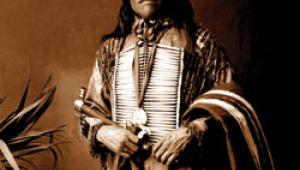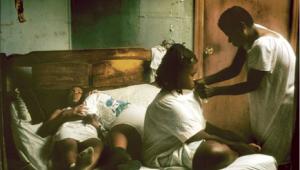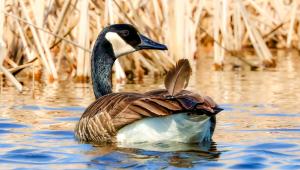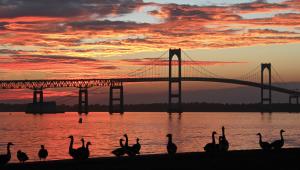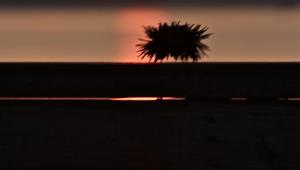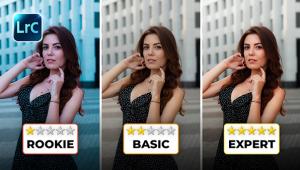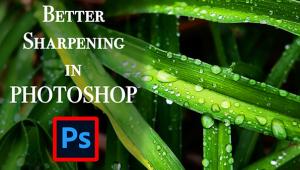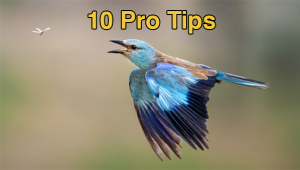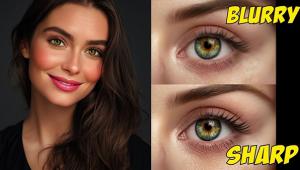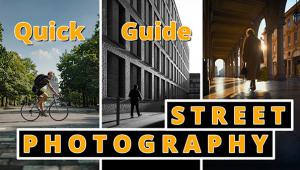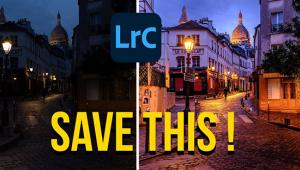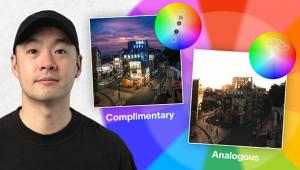Kendall Nelson: Home On The Range Page 2
"I never missed an opportunity to go out riding with the cowboys," Nelson states. "You could easily be out there for 8--10 hours a day, sometimes in freezing cold, or unbearably hot temperatures." The cowboys she photographed gave her horses to ride, "and one gave me a saddle," she marvels. Nelson rode as far as 30 miles a day while she was on these ranches.
In the beginning, she says, the cowboys tested her. They wanted to see if she could ride with them, work as hard, and be willing to eat the same food. To gain their trust, Nelson had to prove she could keep up with them, and work with them in all weather conditions.
 |
|
|
Riding came naturally to her, as she learned to love animals early on: Her
mother was a veterinarian and her father once owned a ranch in Sonora, California
("Today, there are about 300 houses there"). Nelson says, "I
grew up loving horses, and we even owned a few of them when I was young."
She describes the cowboy culture as kind of a "closed society,"
one that she feels lucky to have penetrated. "I wasn't there to
exploit them commercially--I appreciate them from an artist's point
of view. I paid a lot of respect to them." And apparently, they came to
respect her as well, once she worked hard and spent time with them. Throughout
her endeavors, she says that she never met with any resistance--no one
ever told her she couldn't photograph them.
Nelson gave all the cowboys depicted in Gathering Remnants a copy of the book
and 8x10 prints. According to Nelson, they have very few possessions, "so,
to get a book is really something." She says that all of them have a saddle
and riding gear, but generally don't make a lot of money.
Equipment
Nelson shoots with a Canon EOS-1n, and uses Canon 17--35mm, 28--70mm,
and 80--200mm zoom lenses. She also uses a Hasselblad 500 CM. "I
use 35mm for action, and medium format for portraits," she says, adding
that none of her portraits of cowboys were set up or posed. Nor did she tell
them what to wear--"I wanted to stay true to who they were; their
culture." Nelson used her Hasselblad to photograph "environmental
portraits," to which she only made the slightest of alterations. "You
have to let them be who they are," she emphasizes.
The film she used throughout this project was Kodak T400 CN (both 35mm and medium
format), all in natural light. These days, she does a few commercial jobs here
and there in color, but maintains that cowboys represent tradition to her, "in
black-and-white."
"Most of the skies were natural, but I used a yellow filter when there
was no definition in the sky," she says. Of course, she worked in continually
changing lighting conditions. "I like dramatic clouds--I waited for
those times." Although her images are very striking, Nelson describes
herself as "not a very technical person." Only recently, she says,
she's invested in an Epson scanner and printer. Instead, she says, her
work is "more from the heart. It is all about meeting the cowboys and
learning their culture."
 |
|
|
The Focus of Her Work
Nelson's photography has been shown in museums and she's represented
by art galleries nationwide, including the Peter Fetterman Gallery in Los Angeles,
California, the Kathleen Ewing Gallery in Washington, CD, the Sidney Monroe
Gallery in Santa Fe, New Mexico, the Stephen L. Clark Gallery in Austin, Texas,
the Amy Saret Gallery in Sonoma, California, and Valentine Fine Art in Livingston,
Montana. She also has a Website devoted to Gathering Remnants (www.cowboybook.com),
and the entire book can be viewed online. National Geographic has recently done
a story on her work, as well as USA Today.
She's currently directing and producing a documentary film on the cowboy
culture, "a continuation of Gathering Remnants, only with film."
This time, Nelson's locations cover what's known as "Buckaroo
Country"; northern Nevada, southern Idaho, and eastern Oregon. She's
interviewing cowboys to express their thoughts and to discuss their way of life--seasons
on the ranch, fall round-up, branding calves--"a story about cowboys,"
as she puts it.
With this film, Nelson depicts the history of the cowboy's life on the
range, and the conflicts of modernism encroaching on their way of life. She
says that after "filming for about seven months now," she's
halfway done. She's purposely kept her film crew to a minimum. "I'm
getting amazing footage on them," Nelson says of the cowboys she's
filming, most of whom she's known for the past four years.
This film is part of Nelson's own company, Cinema-Story Entertainment.
"My dream is that it gets recognition from the independent film industry."
When asked if she has any other projects in the works, Nelson mentions a few
additional documentary film ideas. About a year ago, she photographed horse
culture and horsemen in Mongolia. She's also recently visited Bhutan,
north of India, and is interested in Buddhist culture and the spiritual aspects
of Yoga. "I enjoy travel, and learning about other cultures with photography."
For now, the working cowboy remains the focus of Nelson's work. "These
guys are authentic cowboys. The fact that I lived with them makes me feel that
I was able to put myself in their environment and their world." She says
that everything they do pertains to a code of the west, and southern morals.
"That's who these people are that I'm photographing."
- Log in or register to post comments
